November 1, 2021
HOW TO BUY ANTIQUES AND ASSESS THIER VALUE
Buying furniture in large chains has many advantages – the furniture is quickly available, relatively inexpensive and, in addition, its purchase does not require specialist knowledge. All you need is a feeling for the right choice for the interior, you can also follow the advice of a decorator or interior designer. Unfortunately, you have to reckon with the fact that in several years these pieces of furniture will not be worth much. This type of equipment has rather only utility value and probably nobody treats such purchases as investments. We can’t expect that buying mass-produced furniture will give our house a character and make it stand out against other interiors.
The situation is different if we decide to buy antique furniture. Antiques not only wonderfully enrich the interior of a house, they can also be treated as an investment. After a rather longer period of time, usually at least several years, you can earn a lot by selling an antique piece of furniture. You can assume that you will not find similar furniture at your neighbour’s house, as is often the case with furniture e.g. from an IKEA shop.
Buying antique (over 100 years old) or vintage (less than 100 years old) is not easy, every connoisseur says. If you have more money, you can ask an expert to buy the specimens you are interested in for you, but you have to expect to pay a commission of 25 to 30 percent of the furniture’s value. This fee is so high because, according to estimates, there are few experts in this field and finding bargains is very difficult.
When deciding to buy antiques yourself, it will be necessary to at least do some preliminary preparation so as not to be fooled by scammers. Here are some tips on what to consider when buying antiques and assessing their value.
How to buy antiques and assess the value of antiques:
The condition of the furniture
Two of the same antique furniture can differ significantly in value. This will be determined by the condition the piece of furniture is in.Under no circumstances should you compare two identical items in a photograph and assume that their value is the same. Two items can only be considered to have the same value if they are in the same condition and have retained their original appearance. The value of a product can be significantly reduced by: missing parts, scratches and cracks, holes, stains, unpleasant smells, etc.
Age of furniture
Older does not always mean more expensive. The value of a product is determined solely by demand. For example, there are many products over 100 years old that are not sought after by collectors and customers. Take looms, presses and many other items from the early 20th century that have no use today but were once very valuable.
Labels and tags
A label or maker’s signature can help in assessing the value of an antique. Items with maker’s or designer’s marks are often worth more than similar items without marks. Examine the specimen carefully and, if necessary, use a magnifying glass or jeweller’s loupe to make sure you haven’t missed any markings that could increase the value of the product or help determine its age or provenance.
Authenticity
It’s best to get professional help from an expert, but if you want to assess authenticity yourself, it’s best to buy a piece of furniture with a known history, such as one from a well-known family that has been in their possession for generations. If the item comes from a dodgy flea market or from an unknown person, when assessing authenticity, look for signs of wear and age, and examine the technical parts used in its manufacture. Each era has its own production method.
Renovation
Professional restoration can add value to a rare antique, but amateur restoration can devalue it! It is very important to assess and check if the item has been repaired in some way or if it has been professionally restored. If parts are missing or stained, it loses value in the eyes of antiquarians and collectors! Some minor repairs may not affect the value of an item, but this often depends on rarity and demand.
Change in value over time
Prices of antiques and collectables can fluctuate significantly and very quickly depending on current demand. Prices can remain at this level until market interest is satisfied. As supply diminishes, product prices rise because it becomes more difficult for dealers to replenish stock. The price of well-preserved antiques cannot fall because there are no new products!
Comparative value
If you are unsure how to price your equipment correctly, your best option is to compare a similar item and its price! Valuing rare items can be difficult, but the recent price of the same or a similar specimen, can provide a good indication of the current market value.
Looking for antiques, especially rare specimens, can turn into a real passion. Experts advise to buy first of all only beautiful things and always pay attention to their quality. How can you tell if something has quality? You should not buy solely on the basis of photographs. It is necessary to see antiques with your own eyes before buying.Logical thinking is useful – are the proportions and colour correct? If the cabinet is too low on the legs, their piece may have been cut off.
If you follow these rules, you will definitely reduce the chance of a shopping mishap.
Marek Larson, Luxury Boutique magazine






